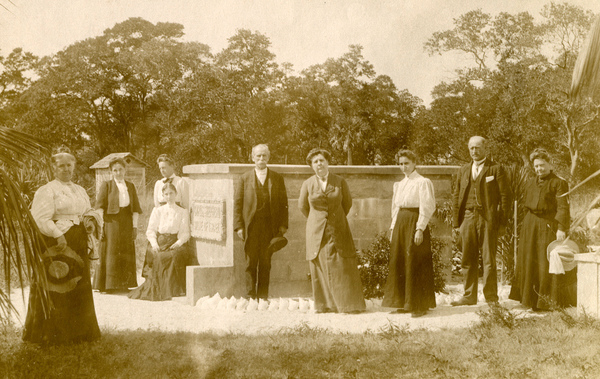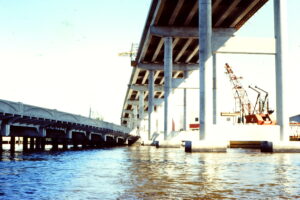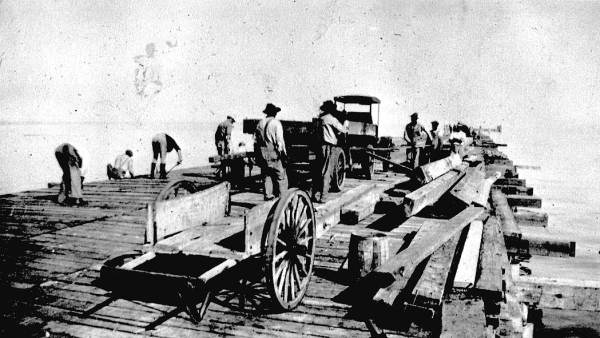
As we prepare to run from another hurricane, it might be helpful to reflect upon the 1921 “Tampa Bay” hurricane which hit the Tarpon Springs/Tampa area on October 28, 1921 This was the first major storm to hit the Tampa area since the “Great Gale” of 1848. We can draw a few parallels between this hurricane and what we are now facing with Milton.
In 1921, the weather forecasting was not what it is today; rather, the forecast was based on observation sites which reported breezy and cloudy conditions around a low pressure system that was organizing off the coast of Honduras on October 20 and 21. By October 22 and 23, the area of low pressure began to intensify. Winds reached tropical storm force at the observation sites. The sites reported thunderstorms and cloudiness across the Caribbean.
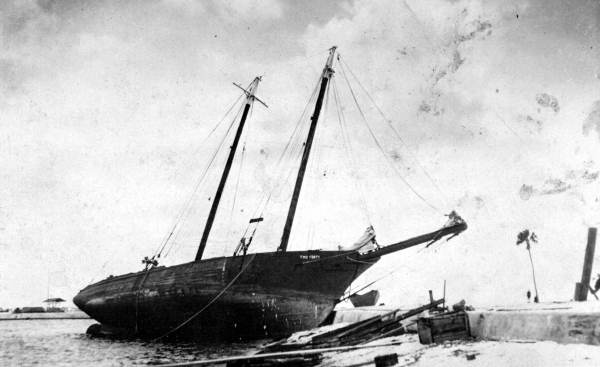
Over the next few days, the storm continued to intensify. Observations from sites in Florida and Central America indicated that sometime on the 23rd, heavy rains and winds were increasing enough for the storm to be considered a hurricane. Peak intensity was achieved as the storm passed through the Yucatan Channel sometime in the morning of the 24th. At this time, the storm was 350 miles west of Tampa with winds of 140 mph. Pressure was 940 millibars which made it a Cat 4 hurricane.
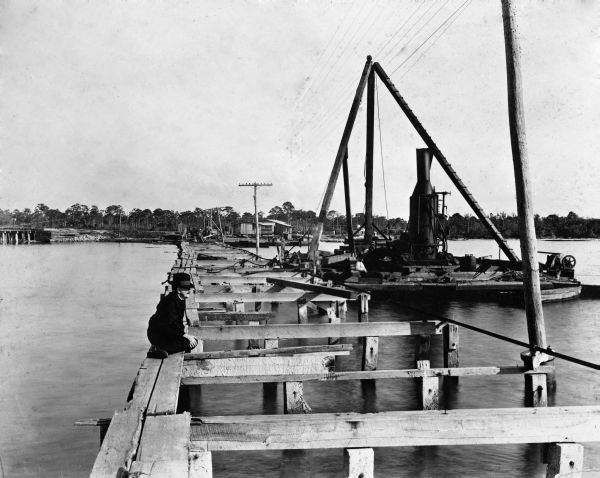
Conditions along the west coast of Florida deteriorated quickly as heavy rains and gusty winds started to arrive.
On October 25, a Cat 3 storm with wind speeds of 120 mph and the lowest recorded pressure of 951 millibars made landfall in Tarpon Springs about 30 miles north of Tampa. The storm surge was 11 feet at landfall along the Pinellas coastline and in Tampa Bay. Damage was estimated at over $110 million in today’s dollars.
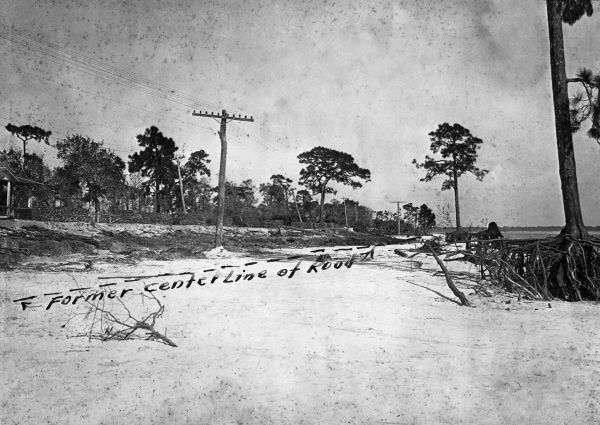
Damage was not confined to the Tampa Bay area, as Fort Myers and the surrounding areas were also affected by the storm. Tides were seven feet above normal, the casinos on the beach were damaged or destroyed, and downtown Fort Myers was flooded. The storm is best known for washing away the tomb of Cyrus Teed which was located at the south end of the island. The intense storm helped to reshape the Gulf coast as it created Redfish Pass, connecting the Gulf to Pine Island Sound just north of where South Seas is today.
